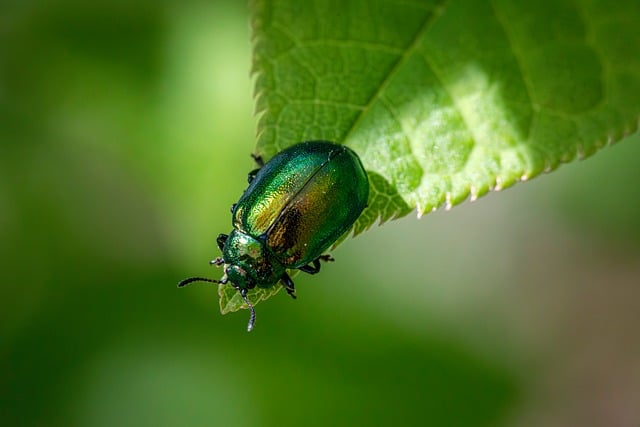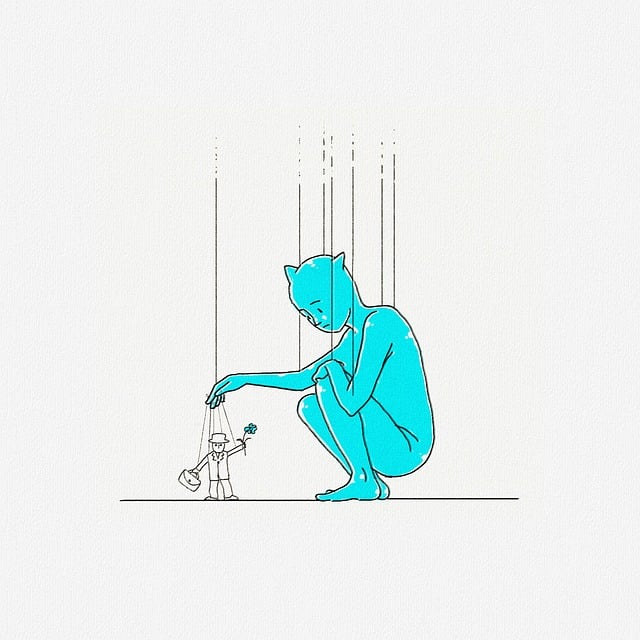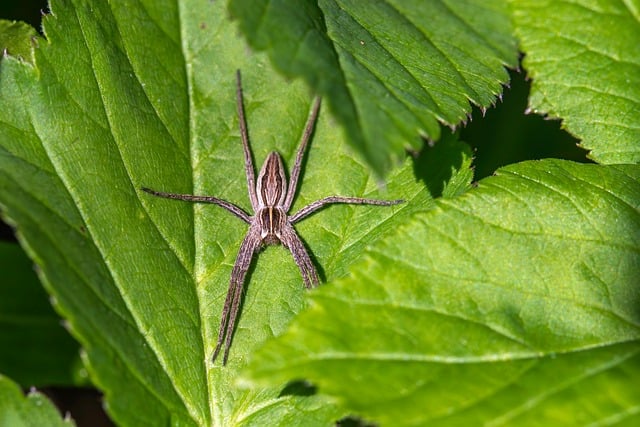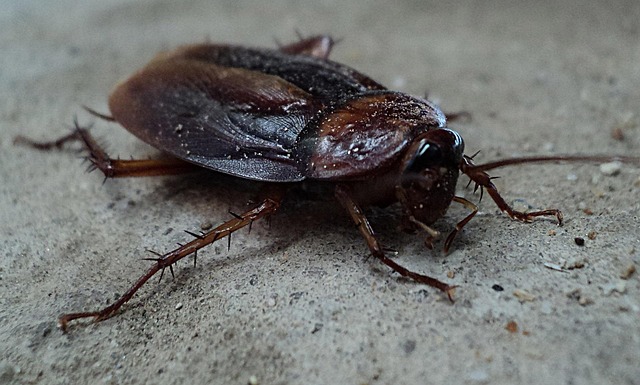Termite infestations pose significant risks to school infrastructure and community health in urban areas like Aurora, necessitating safe pest control for schools and public spaces. Termites enter through cracks, are attracted by moisture and wood sources, and can quickly establish colonies. Effective prevention and treatment strategies require understanding termite behavior and implementing non-toxic, environmentally friendly methods, such as termiticide application, regular inspections, baits, heat/cold therapy, and biological controls. Professional pest management teams in Aurora prioritize integrated pest management (IPM) methods over heavy chemical use to create a safer environment, with community education enhancing their effectiveness.
In the context of maintaining safe, healthy public spaces in Aurora, understanding termite infestations is paramount. This article explores comprehensive strategies for managing these persistent pests, focusing on both prevention and treatment. We delve into the unique challenges of termite control in school facilities and public areas, highlighting effective yet safe pest control methods. By implementing tailored treatment plans and ongoing monitoring, Aurora can ensure a secure environment for its residents and visitors, mitigating the risks posed by termites.
- Understanding Termite Infestations in Public Spaces
- Developing Effective, Safe Pest Control Strategies for Schools and Public Areas
- Implementing and Monitoring Termite Treatment Plans in Aurora
Understanding Termite Infestations in Public Spaces

Termite infestations in schools and public spaces can pose significant risks to both infrastructure and community health, especially in urban areas like Aurora. Safe pest control is essential for ensuring these spaces remain secure and welcoming for everyone. Understanding the nature of termite infestations is crucial for implementing effective prevention and treatment strategies.
In public spaces, termites often find their way into structures through subtle cracks and crevices, attracted by moisture and wood sources. They can quickly establish colonies, causing extensive damage to buildings over time. Schools, with their large wooden frameworks and frequent water exposure, are particularly vulnerable. Safe pest control methods for these areas must be non-toxic, environmentally friendly, and tailored to minimize disruption while targeting termites effectively.
Developing Effective, Safe Pest Control Strategies for Schools and Public Areas

In developing effective and safe pest control strategies for schools and public areas in Aurora, it’s paramount to balance protection with environmental stewardship and human health. Schools and public spaces host a unique blend of activities that require tailored solutions. For instance, termiticides must be applied judiciously, considering children’s safety and the potential impact on local ecosystems. Professional pest management teams in Aurora employ integrated pest management (IPM) strategies, focusing on prevention, monitoring, and targeted treatments rather than heavy chemical use.
Safe pest control for schools and public spaces involves regular inspections to identify infestations early. Once detected, specialized treatments like heat or cold therapy, baits, and biological controls can be deployed. These methods minimize the need for harsh chemicals, ensuring a safer environment for students, staff, and patrons. Moreover, educating communities about the importance of proper waste disposal, maintaining cleanliness, and promptly addressing any pest issues contributes to long-term prevention and the effectiveness of safe pest control strategies in Aurora.
Implementing and Monitoring Termite Treatment Plans in Aurora

Implementing termite treatment plans in Aurora requires a strategic approach, especially considering the city’s unique environment and structures. For safe pest control in schools and public spaces, professionals must adhere to stringent guidelines to protect both the infrastructure and the well-being of patrons. Regular inspections are key; identifying potential entry points and active infestations early can prevent extensive damage. Treatments often involve a combination of non-toxic baits, chemical barriers, and targeted applications to minimize environmental impact while effectively eliminating termites.
Monitoring plays a vital role in successful termite management. Trained experts employ advanced technologies and techniques to track the progress of treatments and detect any signs of reinfestation promptly. This continuous oversight ensures that Aurora’s public spaces, including schools, parks, and community centers, remain secure from these persistent pests. By implementing and monitoring these plans rigorously, it’s possible to maintain a safe, pest-free environment for all residents and visitors.
In light of the above discussions on termite infestations and treatment plans, it’s clear that implementing effective, safe pest control strategies in schools and public areas is paramount. By understanding the unique challenges posed by these infestations in communal settings, such as those found in Aurora, we can develop tailored solutions that ensure the safety and well-being of community members. Adopting eco-friendly and non-toxic methods, alongside regular monitoring, is key to preventing and managing termite issues in public spaces. This approach not only protects our environment but also fosters a healthier, more vibrant community for all “folks” to enjoy.
